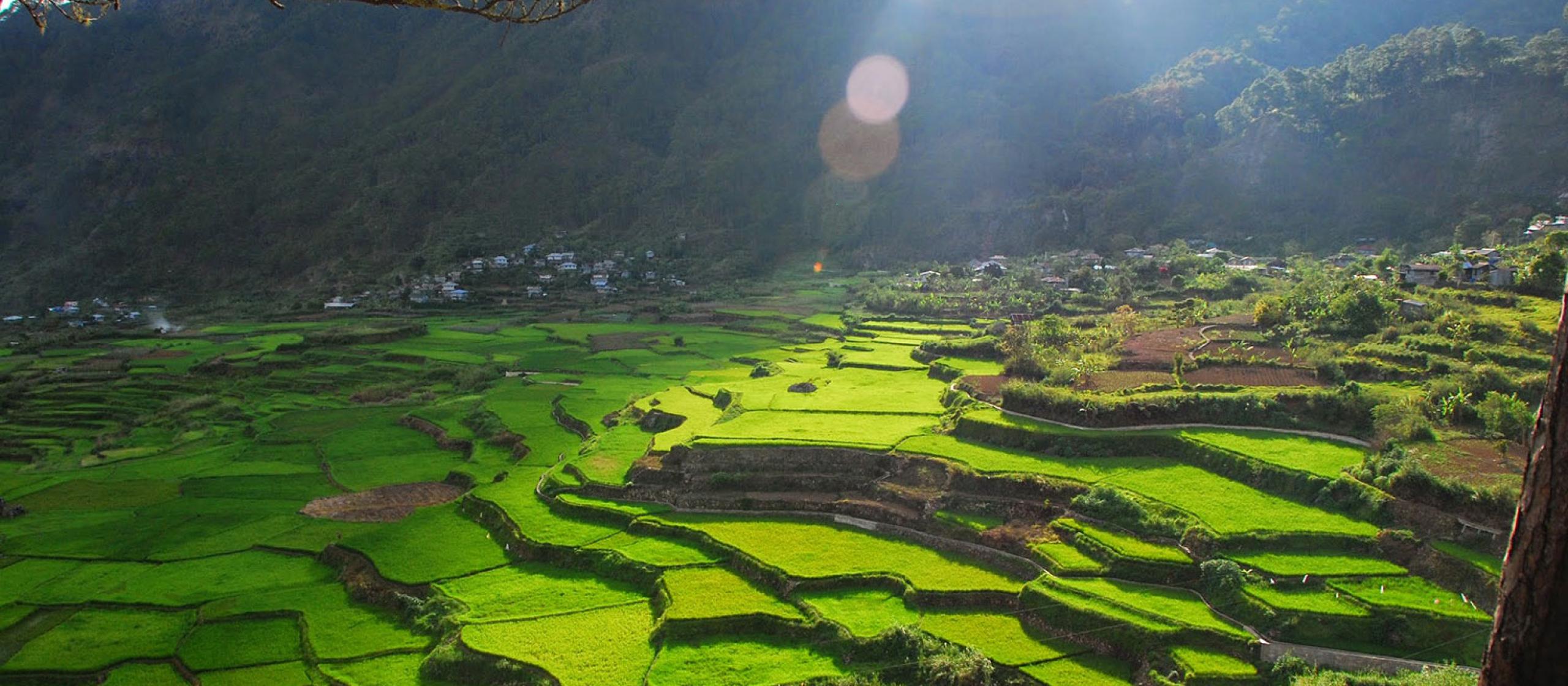- HomeHome
-
About ACIAR
- Our work
- Our people
-
Corporate information
- ACIAR Audit Committee
- Commission for International Agricultural Research
- Policy Advisory Council
- Agency reviews
- Executive remuneration disclosure
- Freedom of information (FOI)
- Gifts and benefits register
- Information publication scheme
- List of new agency files
- Contracts
- Legal services expenditure
- Privacy impact assessment register
- Commonwealth Child Safe Framework
- Benefits to Australia
- Careers
- 40 years of ACIAR
-
What we do
- Programs
- Cross-cutting areas
- Resources
- Where we work
-
Funding
- Research projects
- Fellowships
-
Scholarships
- John Allwright FellowshipScholarships to study in Australia for ACIAR partner country scientists to have Australian postgraduate qualifications
- ACIAR Pacific Agriculture Scholarships and Support and Climate Resilience Program
- Alumni Research Support Facility
- Publications
- News and Outreach
Date released
23 September 2021
What started as a small ACIAR research project to better assess solutions to land, soil and water degradation is now expected to go global with the support of the Food and Agriculture Organization of the United Nations (FAO).
The project is focused on creating a digital Comprehensive Framework of Response Assessment (CFRA) to better understand the effectiveness of technical, institutional and policy responses to mitigate and adapt to land, soil and water degradation.
CFRA is currently undergoing beta testing in the Philippines and if everything goes according to plan it is expected to play a key role in transforming FAO’s flagship decadal report on land and water resources, called SOLAW, into a real-time decision-making tool tentatively called SOLAW Live.
‘We seem to have found a bit of a sweet spot,’ says Dr James Quilty, ACIAR Research Program Manager for Soil and Land Management. ‘There’s quite a bit of interest in CFRA and FAO has been very engaged.’
Dr Anik Bhaduri, the project leader and an associate professor at Griffith University, points to two reasons why CFRA could be critical to the development of SOLAW Live.
The first is that the framework enables decision-makers to easily assess the quality of potential responses to land, soil and water degradation. This is a big step up from current practices where ‘the solutions that come out of any report are really ad hoc’, adds Dr Bhaduri.
The second is that CFRA enables real-time decisionmaking, which reduces the fatigue affiliated with decadal reports while simultaneously making the content in those reports more dynamic.
Testing first
The digital tool is now in beta-testing in the Philippines. While phase one of CFRA back in 2020 focused on compiling huge global data sets, phase two now is more about getting into the country level. This is important because global data is inherently biased due to the fact that generally only successful responses to land, soil and water degradation are reported. Therefore, any recommended responses need to be validated on the ground and data gaps must be filled.
In order to get a nuanced country-level perspective, Australian researchers are collaborating with Philippine government agencies particularly the Department of Science and Technology-Philippine Council for Agriculture, Aquatic and Natural Resources Research and Development (DOST-PCAARRD) as well as the Department of Agriculture—Bureau of Soil and Water Management. Dr Bhaduri says the Philippines was a natural choice for a project partner.
‘First, our relationship with them is strong enough that they co-invested in the project, and second, if you look at their research capacity, it’s actually very high,’ says Dr Bhaduri. ‘We were confident that if we engaged DOST-PCAARRD on this they would give us an honest assessment.’
Dr Rey Ebora, Executive Director of DOST-PCAARRD, welcomes the project. He says that about 70% of Philippine land has been degraded due to soil erosion, making this one of the most serious forms of land degradation in the country. As a result, DOSTPCAARRD has funded several technologies related to soil and water resources over the years and is now in need of a tool like CFRA and SOLAW Live to assess local technologies and their impacts.
‘Among other things, we envision CFRA to achieve improved decision-making for sustainable management of land, water and soil in the Philippines, including private- and public-sector investments to address degradation,’ says Dr Ebora.
At the moment the researchers are focused on collecting country-level data before validating it by testing their analysis on the ground at five or six monitored sites. CFRA has 60 categories of responses and, among other things, the researchers want to know if a response works under certain conditions in one region, can it work in another region with similar conditions? What is the probability that farmers in both regions will adopt the response?
Scaling out
‘If the whole project is successful then we can roll out at a much bigger level in the Philippines and other countries,’ says Dr Bhaduri. ‘Of course, the actual rollout should be done by the Philippines and other implementing organisations.’
The researchers hope to present the progress they’ve made with CFRA at the annual United Nations Climate Change Conference (COP26), which will be held in Glasgow, Scotland, this November. FAO has expressed strong interest in the tool and other development agencies are also taking notice.
‘We’ve been talking to the Australian Government Department of Foreign Affairs and Trade and others wherever we get the opportunity,’ says Dr Quilty. ‘There’s potential for the World Bank, or Global Environment Facility (GEF) Funds, or any of those big multilaterals that are trying to look at how they invest funds to overcome soil and land degradation as well as improve the sustainability of food production systems. Overall, there seems to be a lot of interest in [CFRA] quite broadly.’
ACIAR PROJECT: Development of a cost-benefit assessment framework in support of the State of Land and Water (SOLAW) report 2021, SLAM/2020/138.
Feature image caption: A framework to assess the effectiveness of responses to land, soil and water degradation aims to help decision-makers in the Philippines to implement more successful interventions. Photo: James Quilty, ACIAR.



